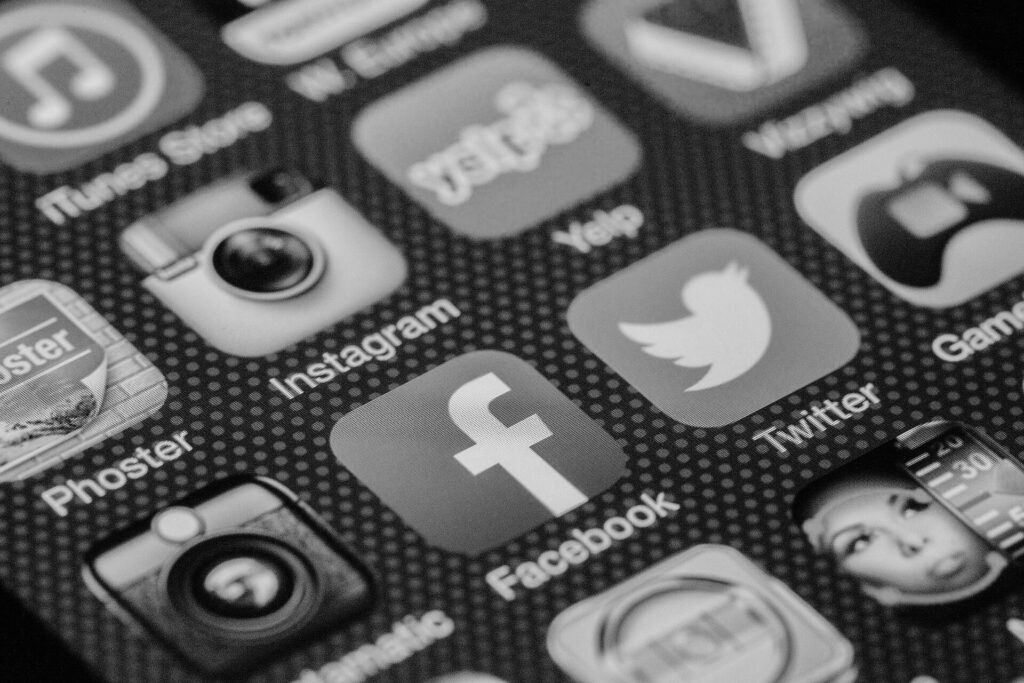In today’s hyperconnected world, our digital lives can quickly become as cluttered and overwhelming as our physical spaces. From overflowing email inboxes to disorganized file systems and countless apps demanding our attention, digital clutter can lead to decreased productivity, increased stress, and a general sense of digital fatigue.
This comprehensive guide will walk you through the process of decluttering your digital life, helping you create systems that work for you rather than against you.
Why Digital Decluttering Matters
Before diving into the how-to, let’s understand why digital decluttering is worth your time:
- Improved focus and productivity: Less digital noise means fewer distractions and more mental space for important tasks.
- Reduced stress: A organized digital environment creates less cognitive load and anxiety.
- Better security: Regular digital cleanups help identify potential security risks and outdated software.
- Time savings: Finding what you need becomes faster and more efficient.
- Enhanced digital wellbeing: A mindful approach to your digital tools promotes healthier tech habits.
Step 1: Assess Your Digital Landscape
Begin by taking inventory of your digital presence across all devices and platforms:
- List your devices: Smartphones, tablets, laptops, desktop computers, external hard drives, cloud storage
- Catalog your digital accounts: Email, social media, shopping, banking, subscription services, apps
- Identify your digital pain points: Where do you feel most overwhelmed? What causes the most frustration?
- Set priorities: Which areas need immediate attention, and which can wait?
Step 2: Clean Up Your Email
The average person receives over 100 emails per day. No wonder inboxes become overwhelming!
- Archive or delete old emails: Start with emails older than a certain date, or use search functions to find large attachments you no longer need.
- Unsubscribe ruthlessly: Use services like Unroll.me or simply unsubscribe manually from newsletters you no longer read.
- Create an email filing system: Design a folder structure that makes sense for your needs.
- Implement filters and rules: Automatically sort incoming emails into appropriate folders.
- Adopt inbox management strategies: Consider approaches like Inbox Zero or scheduled email checking times.
Step 3: Organize Your Files and Cloud Storage
Digital files can quickly become chaotic without a good organizational system:
- Delete duplicate and unnecessary files: Use duplicate file finders to identify redundant content.
- Create a logical folder structure: Develop a hierarchy that makes sense to you, such as main categories with subcategories.
- Establish a consistent naming convention: Include relevant information like dates, project names, or document types.
- Consolidate cloud storage: If you’re using multiple cloud services, consider consolidating to one or two primary platforms.
- Regular backups: Ensure important files are backed up automatically.
Step 4: Streamline Your Apps and Software
App overload is a real problem in our digital lives:
- Audit your apps: List all applications across your devices and note when you last used each one.
- Delete unused applications: Be honest about which apps you actually use and need.
- Organize remaining apps: Group similar apps together and position frequently used ones for easy access.
- Review app permissions and notifications: Limit intrusions and protect your privacy.
- Update or replace outdated software: Ensure everything is current and secure.
Step 5: Tame Your Digital Media
Photos, videos, music, and other media can consume enormous amounts of storage:
- Delete unwanted media: Remove blurry photos, screenshots you no longer need, and media you’ll never revisit.
- Organize photos by date and event: Use albums or folders with clear naming conventions.
- Consolidate media libraries: Bring scattered collections together in one system.
- Consider physical backups: For truly important memories, create physical versions (prints, external drives).
Step 6: Manage Your Social Media
Social media platforms can be significant sources of digital clutter:
- Audit your accounts: Consider deleting platforms you rarely use.
- Clean up your connections: Unfollow accounts that don’t add value to your life.
- Review privacy settings: Ensure you’re sharing appropriately on each platform.
- Organize content: Use lists, collections, or bookmarks to organize content you want to revisit.
- Set boundaries: Consider using apps to limit social media time or schedule usage.
Step 7: Create a Digital Maintenance Plan
Decluttering is not a one-time event but an ongoing process:
- Schedule regular digital maintenance sessions: Weekly quick cleanups and monthly deeper reviews.
- Create checklists for different maintenance tasks: Daily, weekly, monthly, and quarterly tasks.
- Automate what you can: Use tools that automatically clean temporary files, update software, or back up data.
- Implement the “one in, one out” rule: When downloading a new app, delete an old one.
Step 8: Cultivate Digital Mindfulness
Beyond organization, develop healthier overall digital habits:
- Practice intentional consumption: Before saving or downloading anything new, ask if it truly adds value.
- Set clear boundaries: Establish tech-free times and spaces in your life.
- Regularly reassess digital tools: Does each app, service, or platform still serve your current needs?
- Be present: Practice being fully engaged without digital distractions during important moments.
Conclusion
Digital decluttering isn’t just about creating more storage space—it’s about creating mental space and establishing a healthier relationship with technology. By following these steps and maintaining your digital spaces regularly, you’ll experience less stress, higher productivity, and more control over your digital life.
Remember that digital decluttering is a journey, not a destination. Start with small, manageable areas, celebrate your progress, and gradually work toward a more organized and intentional digital existence.

